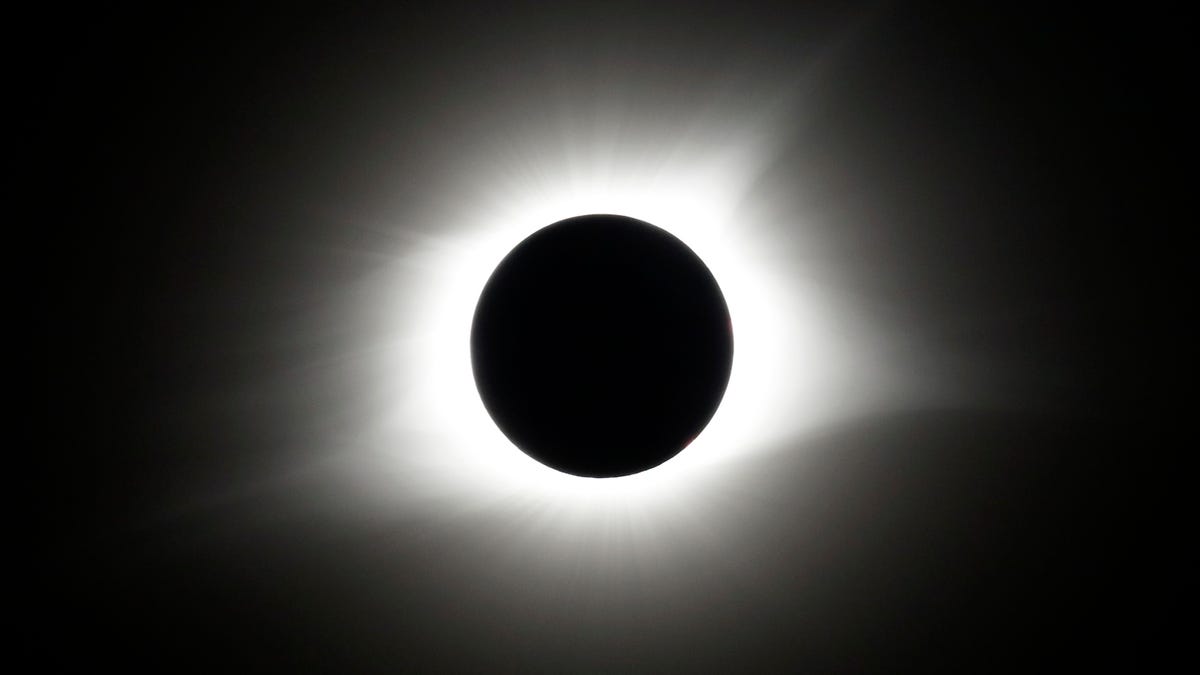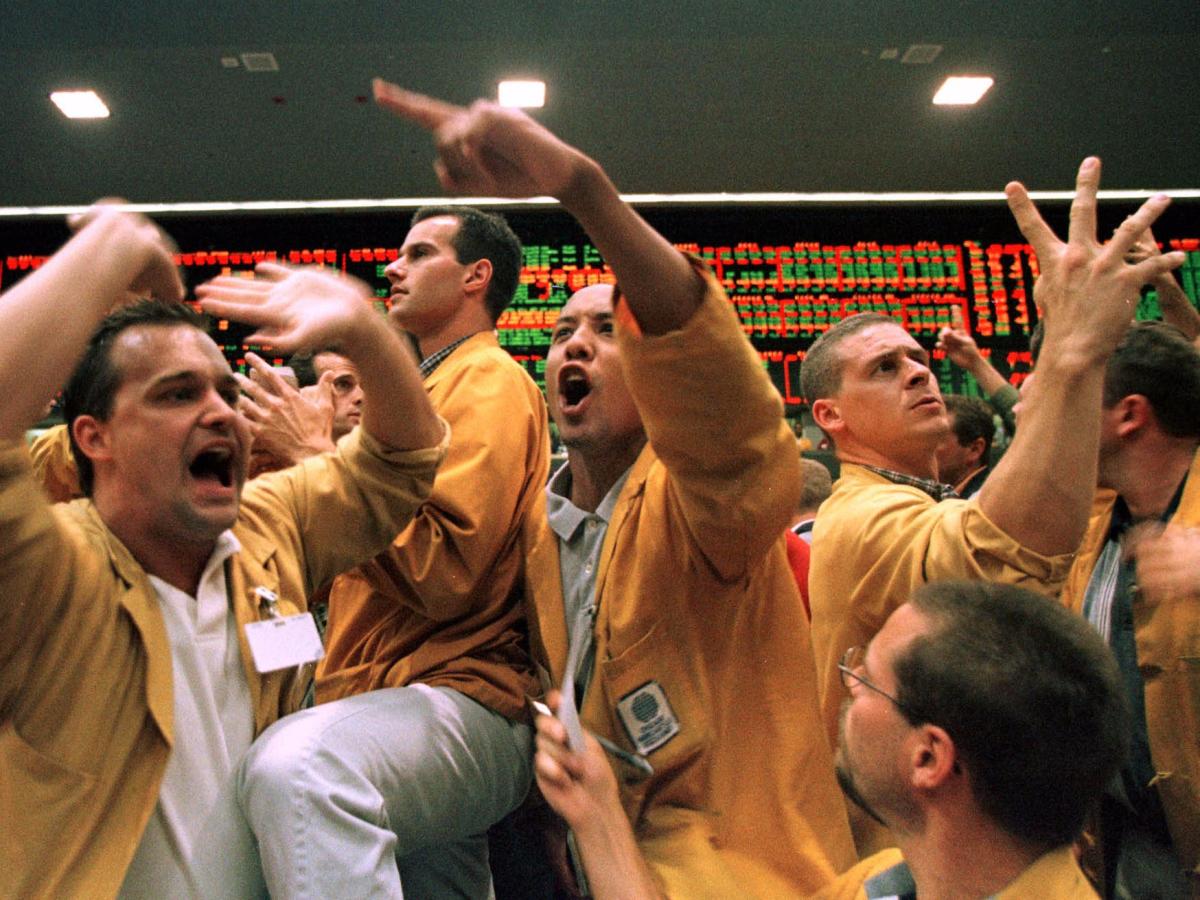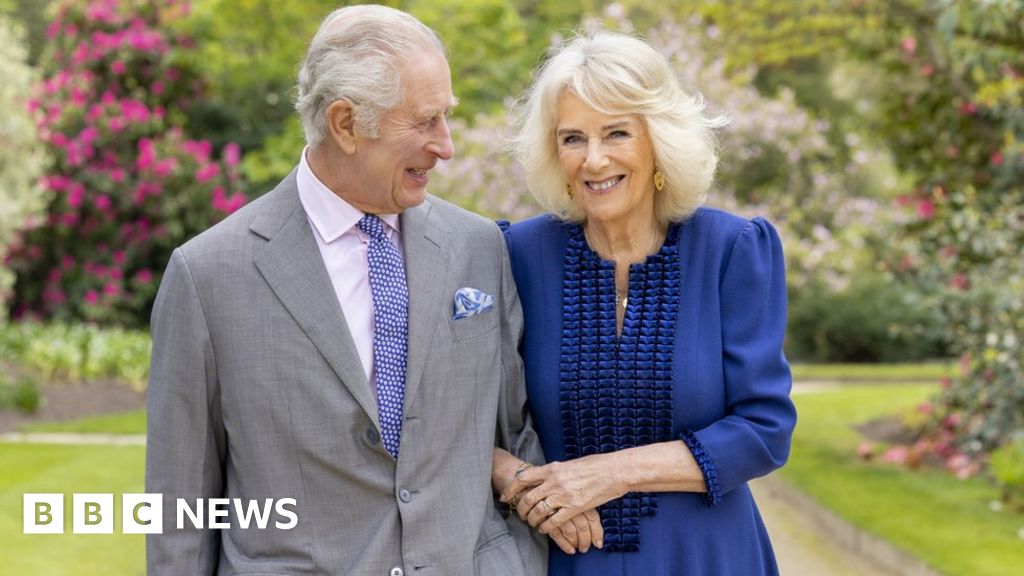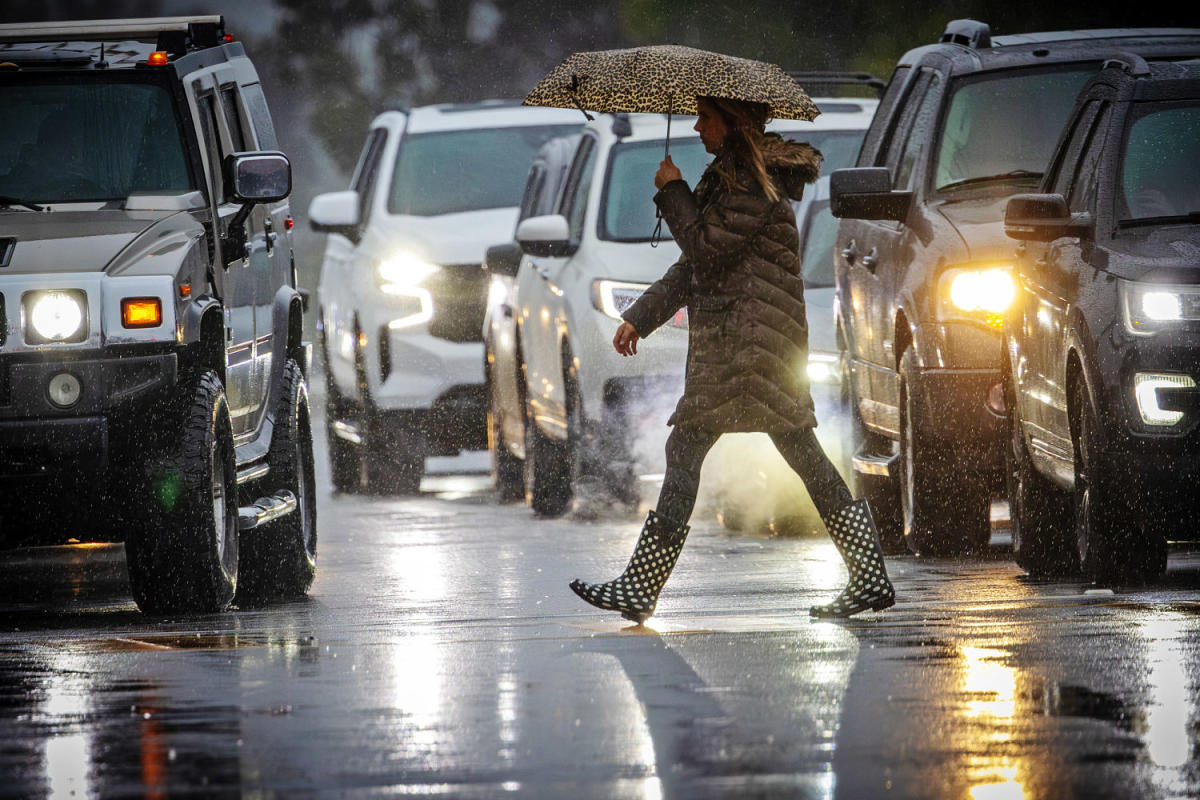April’s total solar eclipse will cut across North America
Sunglasses won’t cut it during the April 8 eclipse.
Millions of people will see the sun go dark in the middle of the day when a total solar eclipse happens across a wide swath of the U.S., Canada, and Mexico on April 8.
The stunning astronomical phenomenon will last just four minutes and 28 seconds, though that’s twice as long as the last total solar eclipse in 2017.
A total solar eclipse happens when the moon passes between the Earth and the sun, temporarily blocking the sun’s light. This time, the moon will reach its closest point to Earth in April the day before the eclipse, meaning the totality of the eclipse, or the period when the moon fully covers up the sun, will last longer.
“The eclipse takes a while for the moon to slide onto the sun, cover it and then slide off. It’s usually 2.5 to three hours for the whole eclipse to happen,” said Shauna Edson, an astronomy educator at the Smithsonian National Air and Space Museum.
The phenomenon won’t happen again until 2044, according to NASA.
The totality part of the eclipse will pass over part of northern Mexico before crossing into the U.S. Its path will stretch across Texas and traverse parts of the Midwest and East Coast before touching southeastern Canada and heading out to sea, according to a map from NASA. Dallas, Indianapolis, Little Rock, Arkansas, Cleveland, and Buffalo, New York, are all directly in the line of darkness.
Around 44 million people living in the 115-mile-wide path will experience the total darkness.
“We’re really lucky here on earth that our moon is approximately 400 times smaller than our sun, but it’s also approximately 400 times closer,” said Edson. “So when they perfectly line up, the moon will cover the bright part of the sun.”
The rest of the U.S. will experience a partial eclipse – the farther away from the path of totality, the more of the sun will be visible as the moon passes across it.
More: Your guide to full moons for 2024: Supermoons, solstices, equinoxes and more
How to view the eclipse safely
Many people have heard the warnings against looking directly at an eclipse. Astronomers advise viewers to always look through a pair of specially designed glasses.
“They block out 99.99% of the sun’s light, and the sun will be the only thing you can see through them,” Edson said.
Amateur astronomers should also remember not to look through a regular telescope without a special filter, Edson said. “If anybody is using a solar telescope, you just want to make sure it’s somebody who knows what they’re doing,” Edson said.
For those in the path of totality, however, it’s safe to look at the phenomenon without special glasses for just the nearly four and a half minutes when the moon fully covers the sun’s light.
“At that point, the bright part of the sun is completely covered,” Edson said. “The dangerous part of the sun is blocked and you can look right at it with your eyes.”
In those few moments, observers might be able to see the edges of the sun’s atmosphere, Edson said. “You could maybe see a couple of loops of gas near the edges,” she added.
More: Monthly skywatcher’s guide to 2024: Eclipses, full moons, comets and meteor showers
Eclipse enthusiasts make big plans
Eclipse viewers across the country are gearing up for the big day with a wide variety of events planned to celebrate the four-and-a-half-minute show.
The Air and Space Museum will partner with other Smithsonian Museums to bring a Solar Eclipse Festival to the National Mall in Washington, D.C., on April 8 at noon local time. “There will be solar telescopes,” Edson said, along with “lots of different ways to view the sun and the eclipse safely.”
Other activities will encourage visitors to “explore the relationship between the earth, sun and moon” through scales and models of the astronomical bodies, Edson said.
Astronomers and stargazers in the path of the totality already have plans in the works to make the most of the rare event.
Bryan Tobias, manager of the Curtis Vaughan Jr. Observatory at the University of Texas at San Antonio, said he plans to take a group of student observers to look for the perfect place to catch the totality of the eclipse.
The festivities at the university will begin the night before, with the “pre-eclipse” parties, one of which was booked nearly a year before. “We’re actually doing a stargazing event at a neighborhood who was smart enough to contact us almost a year in advance, and we’re going to be doing some stargazing for them the night before,” provided the skies are clear, Tobias said.
The city of Carbondale, Illinois, home of Southern Illinois University, is lucky enough to be in the path of totality for the second time in a row after the solar eclipse of 2017. The university will bring back its Southern Illinois Crossroads Eclipse Festival, featuring music, a 5k run, and an arts and crafts fair.
Some music lovers in Texas will get a double feature of festivals on April 8. Ground Zero music fest, which lasts five nights from April 5-9, lies directly in the path of the totality in Bandera, Texas, around 50 miles northwest of San Antonio.
The Texas Eclipse Festival, located in rural Reveille Peak Ranch by Buchanan Lake on the Colorado River, has a star-studded lineup of musicians, DJs, and speakers planned over four days. According to the festival’s website, 13 organizers from around the world will pitch in to transform the campgrounds into “Global Eclipse Village.”
Some plan to take to the air to get a closer view of the effect. A local vineyard in Fredericksburg, Texas, a city around 75 miles west of Austin, will hold a festival offering hot air balloon rides after a VIP dinner, according to its website.

Dr. Sarah Adams is a scientist and science communicator who makes complex topics accessible to all. Her articles explore breakthroughs in various scientific disciplines, from space exploration to cutting-edge research.







.png)
